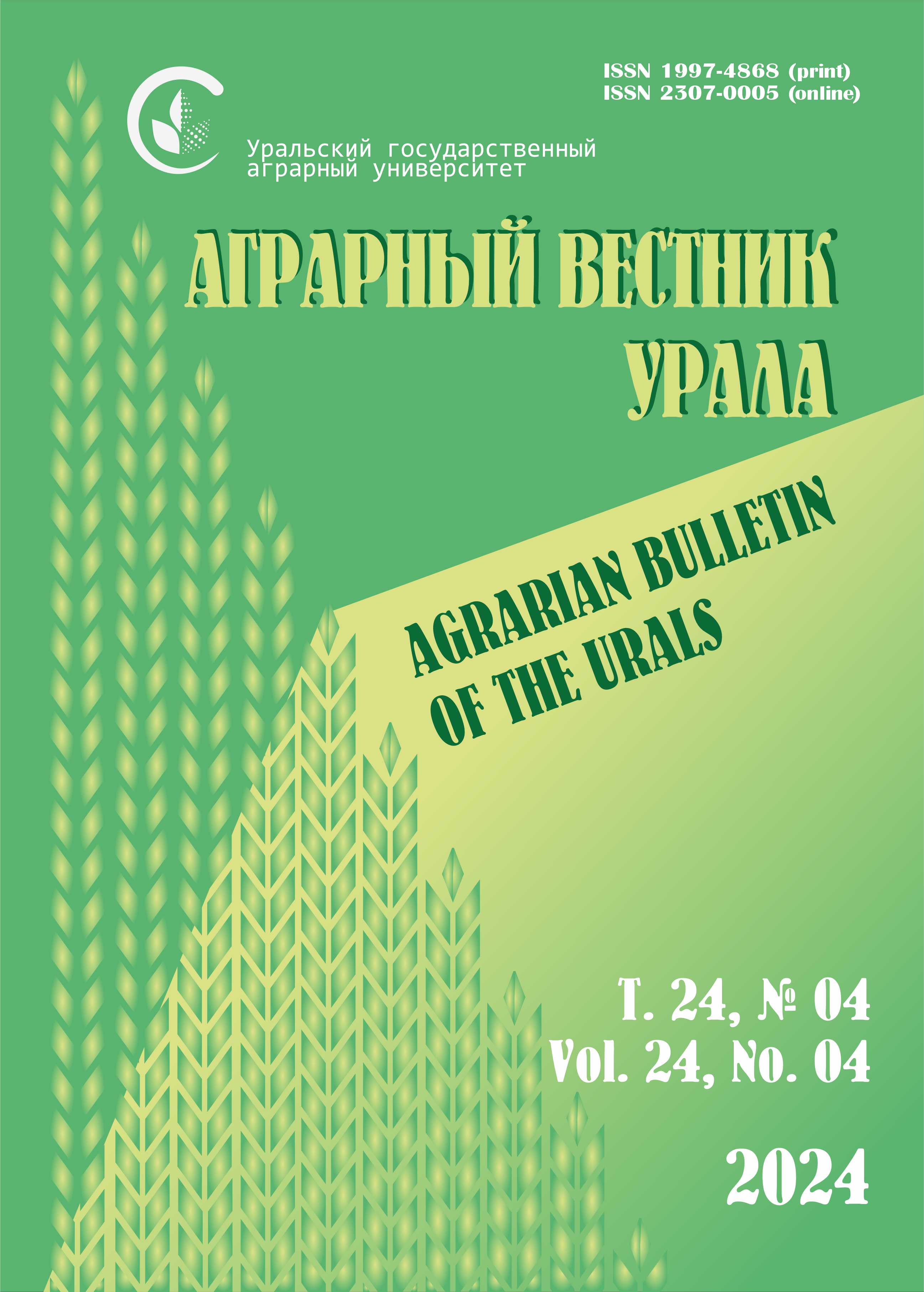Authors: V. G. Grebennikov, I. A. Shipilov, O. V. Khonina
North Caucasian Federal Scientific Agrarian Center, Mikhailovsk, Russia E-mail: This email address is being protected from spambots. You need JavaScript enabled to view it.
Abstract. The purpose of research is to study the adaptability and stability of new varieties and species of perennial grasses under different modes of use of grass (hay, pasture), aimed at reducing the dependence of their productivity on fluctuations in agrometeorological conditions in the arid zone. The research is based on the methods of designing grasslands adapted to extreme conditions of the arid zone and capable of withstanding temperature, water, and coenotic stresses due to morphophysiological reactions of plants. Results and practical significance. The most productive eco-plastic grass mixtures of new varieties of perennial legumes and grasses that are necessary for creating agrophytocenoses for target use have been identified. Correlative relationships of the productivity level of the species and variety with the physiological parameters of plants were established. The role of the phytocenotic factor that characterizes the relationship of plants in different modes of use of grass (haymaking, pasture) is determined and patterns in the dynamics of accumulation of crop biomass by grass mixtures of different botanical composition are established. The highest biomass on average for 4 years was formed by crops in the mode of haymaking use of grass (alfalfa + wheat grass + brome + sainfoin + melilot – 3.07 t/ha of dry matter). For pasture use, on average, over 4 years, the highest productivity was provided by a grass mixture – alfalfa + fairway + brome + wheatgrass + festulolium + sainfoin + melilot with a collection of 1.5 t/ha of dry matter and 9.6 GJ/ha of exchange energy for a net energy income of 8.7 GJ/ha. Scientific novelty. For the first time for the conditions of the dry-steppe zone, an adaptive approach to the creation of productive stands of perennial grass mixtures with the participation of new varieties and species of legumes and grasses, revealing the mechanism of plant interaction based on the developed optical structure of phytocenosis in different modes of forage use (haymaking, pasture), is proposed.
Keywords: hayfield and pasture use, perennial grasses, agrophytocenosis, photosynthetic activity, leaf surface, productivity, agro-energy efficiency.
For citation: Grebennikov V. G., Shipilov I. A., Khonina O. V. Fotosinteticheskaya deyatel’nost’ i agroenergeticheskaya effektivnost’ vyrashchivaniya mnogoletnikh trav pri raznykh rezhimakh ispol’zovaniya travostoya [Photosynthetic activity and agro-energy efficiency of growing perennial grasses under different modes of use of the grass stand] // Agrarian Bulletin of the Urals. 2020. No. 07 (198). Pp. 2‒11. DOI: 10.32417/1997-4868-2020-198-7-2-11. (In Russian.)
Download the full text of the article











